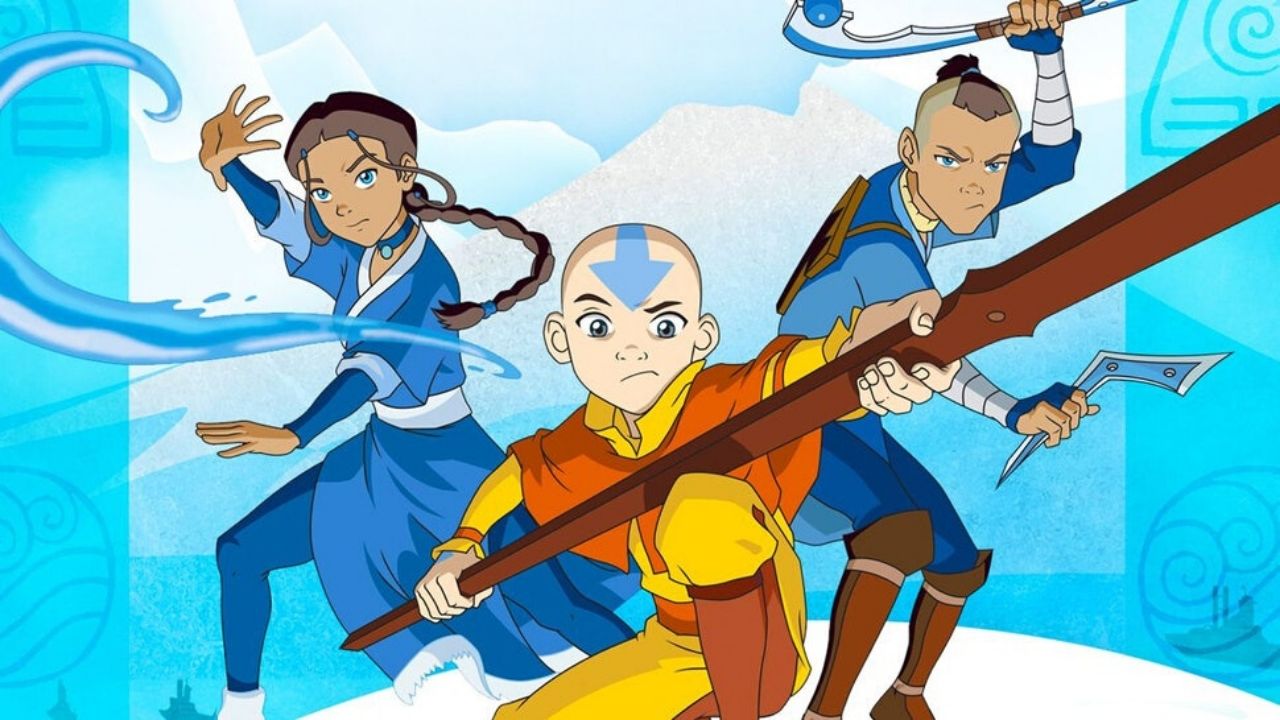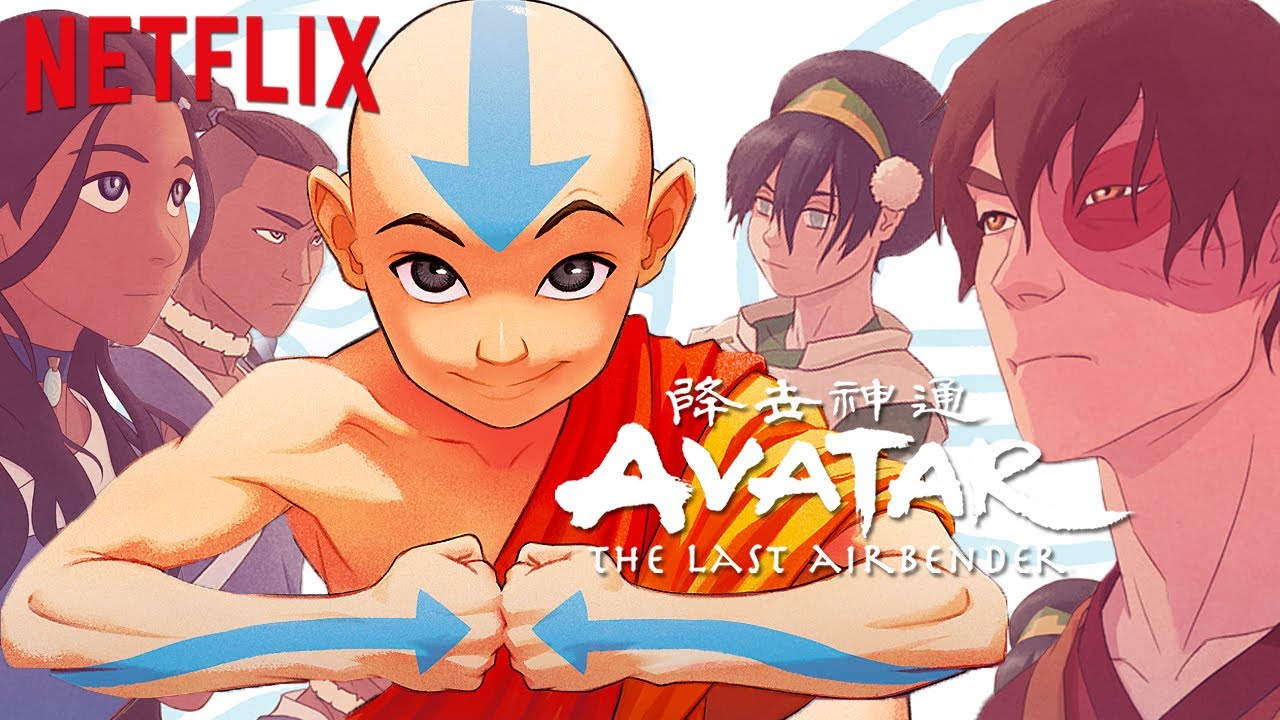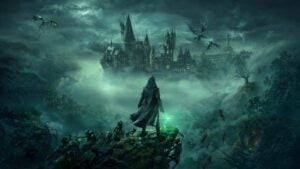The anime Avatar: The Last Airbender is continually referred to as one of the best-animated TV series in history. It has received lots of praise for touching upon issues that normally remain untouched in kids’ entertainment shows.
The entire Avatar franchise includes an ongoing comic series, a live-action film and an animated sequel series, The Legend of Korra. As much as it has been nominated at many award functions, it has also won many accolades like the Primetime Emmy Award, Kids’ Choice Award, etc.
Head down below to get a comprehensive idea if you should be watching this series or not!
1. Article Highlights
With its engaging plot that focuses on the strength and resilience of the characters despite hardships, this anime will play with your emotions.

The viewer is made to feel for the complexity of each character to the extent that even the villains are portrayed as humans, not mere power crazed one dimensional personalities.
2. Is it worth watching?
The whole anime is carefully crafted with intricate attention to details like architecture, clothing, culture, etc. This sensibility is easily noticeable in the anime and furthers the beauty of such a world. The intricate world-building renders it believable and realistic, a feat few anime can claim.
Such an anime is too full of potential and critical acclaim that one should put it on top of their bucket list.
I. Plot
The whole premise of the anime is set in a world divided into four nations: the Earth Kingdom, the Water Tribes, Fire Nation, and Air Nomads. Each of the nations used to be a united whole when one day, the Fire Nation destroyed the peace.
Then comes into the picture the Avatar, who has the power and abilities unique to each of the nations. Because of this, he is also bestowed with the power to maintain harmony and peaceful co-existence among the nations.

In that backdrop, Aang, the present Avatar, teams up with Sokka and Katara to defeat the Fire Nation and usher in an era of peace. Along the way, he meets opponents like Prince Zuko, who seeks to annihilate the Avatar to reclaim his honor.
The plot progresses in a clear, logical way that takes time to elaborate on each of the character’s predicaments.
Also, the anime does have a few filler episodes which don’t develop the plot further. However, the notable thing about its fillers is that even its filler episodes explore the backstory of even the minor characters.
This imbues the plot of the anime with depth and helps us understand better. So you better not miss out on even the filler episodes.
What makes the anime stand out from other anime or entertainment shows is how it portrays socio-political issues like gender discrimination, genocide, and fascism. With the plot as a vehicle, it introduces us to a lot of important socio-political and philosophical themes.
II. Setting and Art
How the setting and the art are designed with wide attention to the intricacy and genuine cultural representation is commendable. Its art style is an interesting hybrid mixture of anime with American cartoons.
The setting and the culture are heavily inspired by the lifestyles of the Inuit, Native American, and East Asian societies. This influence is easily noticeable throughout the anime. The cultural sensibility with which they have sourced their influences heightens the artistic worth of Avatar: The Last Airbender.
III. Characters
The character development of Aang is impressive and inspiring. His transformation from someone afraid of shouldering the responsibility of an Avatar to actively cherishing that role is amazing.
His friends and allies, Sokka and Katara, are also not left behind. Their character developments are given prime importance too.
Initially, one might assume that Sokka is the one-dimensional character who offers comic relief to the whole plot. However, as it progresses, different aspects of his personality are revealed. He is also a brilliant strategist and usually the brains behind any of their missions.

Katara may come across as the ideal girl who has a good heart and is inherently altruistic in nature. Her flawed humanness is revealed later when she succumbs to her rage and is on the verge of murdering her mother’s killer.
Other characters like Prince Zuko are also explored. Even though he is a “villain” per se, the anime portrays his good side and suggests that he is a victim of the toxic family he was born into.
3. Final Thoughts
Juxtaposed with brilliant fight scenes, magical abilities (“bending”), and moral lessons, the anime succeeds on a level like no other anime has. It has set the bar so high.
The popularity and critical acclaim of this anime ensure its inclusion in the canon of artistic anime. It does a brilliant job of highlighting classical moral dilemmas and intense socio-political issues. You need to watch this anime or else, you are bound to miss out on a lot.
4. Grade
5. Info Card
Avatar: The Last Airbender
Air Date: February 21, 2005-July 19, 2008Status: CompletedNo. of Seasons: 3No. of Episodes: 616. Watch Order
A watch order won’t be necessary.


No Comments on Is Avatar: The Last Airbender Any Good? Complete Review